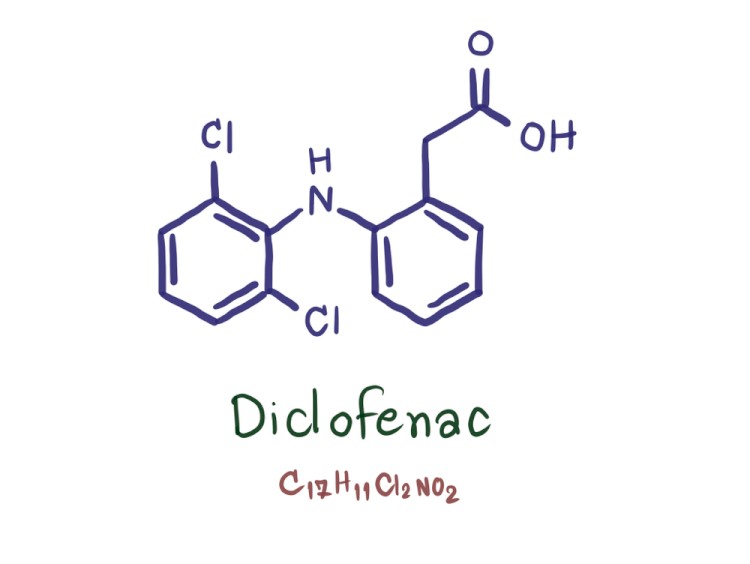At a glance
- Voltaren Gel (Diclofenac 1%) is absorbed systemically, but very minimally when compared to oral diclofenac. For example, applying 16 grams of Voltaren Gel (equating to 160 mg of diclofenac) results in only about 6% total systemic exposure when compared to 150 mg oral diclofenac tablets. Additionally, studies have reported that gastrointestinal side effects (among the most commonly occurring with oral NSAIDs) with Voltaren Gel occur at rates no different than placebo. Nevertheless, it is not recommended to use Voltaren Gel with other oral NSAIDs due to the lack of safety studies.
Overview
Voltaren gel contains diclofenac, an NSAID (non-steroidal anti-inflammatory drug), and is used (primarily) to treat osteoarthritis. A common q

References
- ^ A Comprehensive Review of Non-Steroidal Anti-Inflammatory Drug Use in The Elderly. PubMed
- ^ Diclofenac: an update on its mechanism of action and safety profile. PubMed
- ^ Advances in NSAID development: evolution of diclofenac products using pharmaceutical technology. PubMed
- ^ Liver Injury from Nonsteroidal Anti-inflammatory Drugs in the United States. PubMed
- ^ Pennsaid Prescribing Information. AccessFDA
- ^ Topical NSAIDs for acute musculoskeletal pain in adults. PubMed
- ^ Voltaren Gel Prescribing Information. AccessFDA
- ^ Topical nonsteroidal anti-inflammatory drugs for management of osteoarthritis in long-term care patients. PubMed




